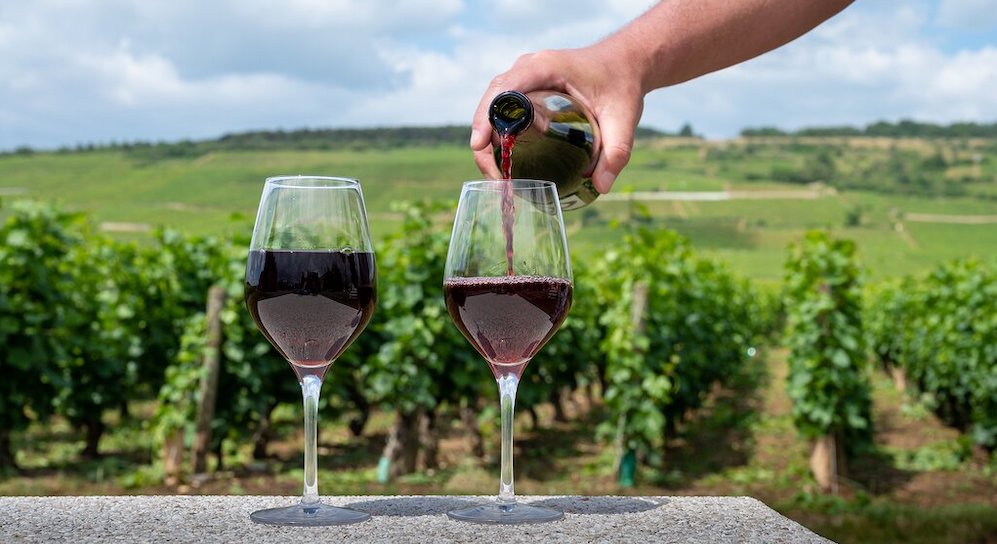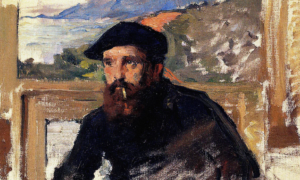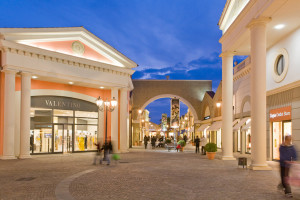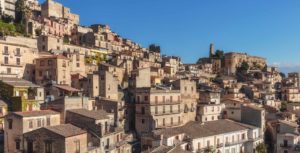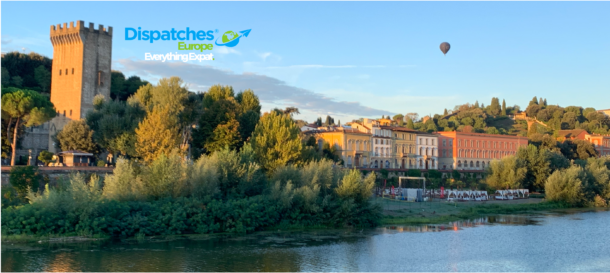(Editor’s note: In Turkey, you’ll see words with an “i” with no dot. That’s pronounced “uh,” and typical indicates a word borrowed from Arabic or Farsi.)
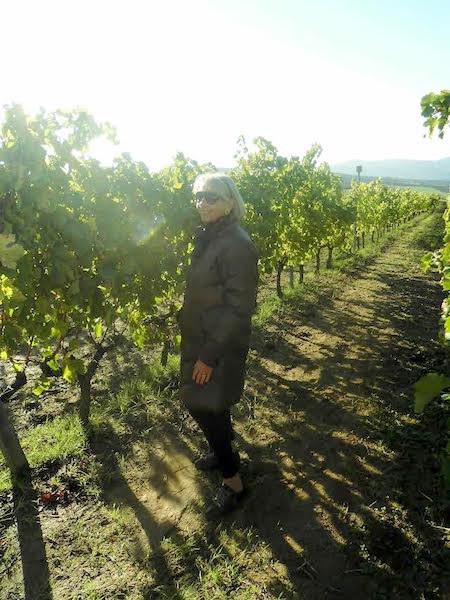
Wine production is probably not the first thing that springs to mind when thinking about Turkey (or rather Türkiye, to call the country by its actual name). Culture, history, stunning buildings like palaces and mosques or fascinating landscapes such as Cappadocia and the beaches along the Aegean or Mediterranean Sea are familiar images.
But wine? Really?
The answer is, “Yes.”
This view overlooks an important fact: Turkey has a tradition of wine making that goes back thousands of years. An age-old craft that has experienced a revival in recent years. There are vineyards and wineries all over the country, from the European side to hidden corners of Anatolia that beg to be visited, explored and, the wines, tasted.
One of my favorites and oldest, is the wine route in Thrace, a delight not only because of the outstanding wines and vineyards but also because of the landscapes like the Igneada Longoz rain forest and the colorful Dupnisa cave.
And that’s nnot to forget the historical capital Edirne, which is where this particular wine route starts.
Thrace is the European part of Turkey, bordered by Greece (Macedonia), Bulgaria, the Black Sea, the Sea of Marmara and the Aegean Sea. The Thrace wine route stretches from the northwest city of Edirne all the way down to Kırklareli and Gelibolu (Gallipoli).
Along the way, I had the chance to visit several vineyards and wineries, producing a variety of red, white and rose wines, some with hotels attached that give guests extensive wine tastings, tours of their vineyards. At harvest time, you can even have the opportunity to actively participate and learn everything about the ecological and modern methods of Thrace wine making, where the emphasis is on doing as much as possible by hand.
The wines produced in a variety of vineyards are Cabernet Sauvignon, Merlot, Syrah, Pinot Noir and a rosé made from Cinsault grapes. Some of the grapes are imported from France, others have been created on Thracian soil, all of them thriving in the region.
It is a pleasure to walk around the orchards and taste the different wines, paired with delicious nibbles to clear the palate.
Here are some of the best known vineyards I visited during a weeklong tour:
Edirne
The capital, Edirne, is a very good starting point for your wine route, because apart from the pleasure of wine, you want also to see some of the best historical and cultural sites Turkey has to offer. You can find that in Edirne, a city easy to negotiate and full of Ottoman wonders.
Several mosques dot the city but the biggest and most interesting complex is the Beyazit II Complex. It’s vast and comprises mosques, a madrasa (religious school), Ottoman hospital and a museum which exhibits all the people and paraphernalia that compose an ancient center of teaching and learning.
There are plenty of shops and restaurants in the center too, where you can taste one of the city’s specialties: chopped liver. It tastes better than you might think.
Edirne is famous for its sport of oil wrestling. This is a big thing here and competitions such as the Kırkpınar Oil Wrestling Festival are held in stadiums.
Outside, bronze statues of the best known wrestlers are standing watch at the entrance.
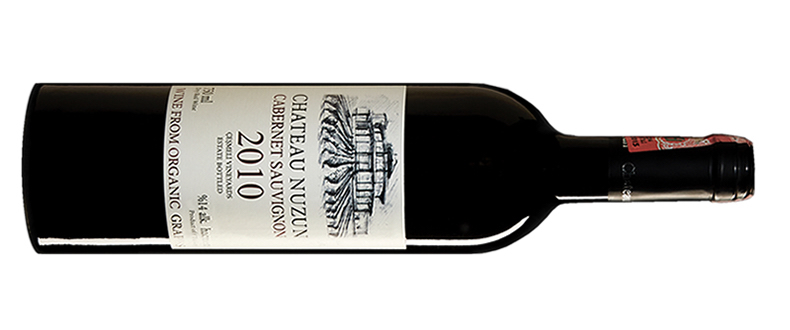
Chateau Nuzun
After you have enjoyed Edirne, you can start the wine route proper by driving approximately 80 miles southeast to Tekirdag on the Sea of Marmara and are already deep in wine country. The winery was established in 2008, on seven hectares of land and a small, four-room boutique hotel was added that also features a restaurant.
You can see contacts and tour details here.
Whilst in Tekirdag, you might want to visit the Archaeological Museum, located in a beautiful blue and white painted Ottoman building.
Chamlija
Kırklareli is the next stop on the wine route and there I visited the family owned and run vineyard of Chamlija. If you really want to know about Thrace’s wine making traditions and history, this is the place to stop and listen to the owner.
Stroll the vineyards, taste the wines and be in a wine enthusiast’s paradise. The bottles are also very distinctive as the labels are designed by a family member who is an artist. And the contents are also very tasty.

Arcadia Vineyards
You don’t have to drive far to reach my personal favorite: Arcadia Vineyard. This is a much bigger property, with orchards and wines growing on 35 hectares. You might consider staying her two nights because it has a perfect hotel and spa attached.
The hotel features 18 suites and in the spa you can enjoy an hammam, or Turkish bath. Even better, they have an outdoor Jacuzzi where you can bubble away under the stars.
The friendly owner (and his dog) are happy to show you around, explain their especially careful and ecological ways they treat their grapes, then provide you with ample tastings. I liked the merlot best. In the morning, the biggest Turkish breakfast I have ever eaten awaits including freshly made butter and honey produced by their own bees.
Needless to say that all vineyards also sell you their products.
As I left, I learned a new way to say good bye the Turkish way. He threw a glass of water after the car
and explained: “Just as the water flows back to us, we hope that you, too, will return.”
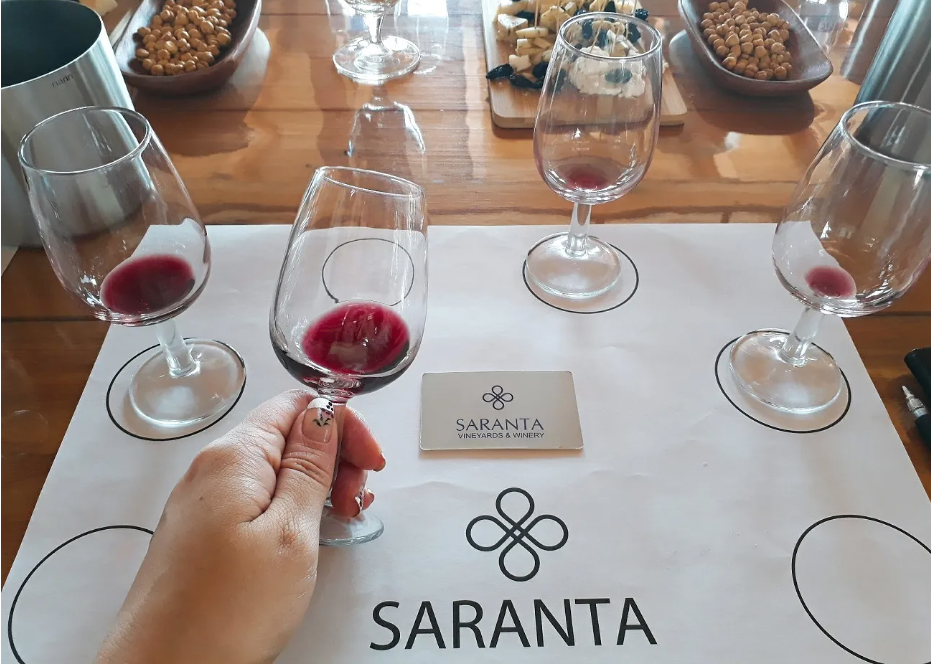
Saranta Winery
One of the newer additions to the Thrace vineyards is the Saranta Winery, also in the Kırklareli region. They only started commercializing their two brands in 2011. Giving the demand their wines – including rosé – achieved both nationally and on international markets, they plan to open a hotel in 2023.
While you’re there
There are many more vineyards on the wine route, but, I tried to combine wine, history and amazing landscapes on this adventure. So, I drove towards the Black Sea on the border with Bulgaria to visit the vast Igneada Longoz nature park and rainforest. With the trees’ roots raising out of the water and fog swirling around the trunks, it is a magical sight.
Equally amazing is the Dupnisa Cave, a wonder world of stalagmites and stalactites in many colors, populated by thousands of bats and not far away.
If you are a wine enthusiast and plan your next wine tasting trip, why not consider the unexpected region of Thrace? It is fast becoming a wine tourism destination, but still rather unknown as such.
Become an insider.
––––––––––
Read more from Inka here in Dispatches’ archives.
Inka Piegsa-Quischotte is an international attorney-turned-travel and lifestyle writer based in Spain. She has contributed to BBC/Travel, several in-flight magazines, TripSavvy (Spain) and TravelAwaits among many other publications.


